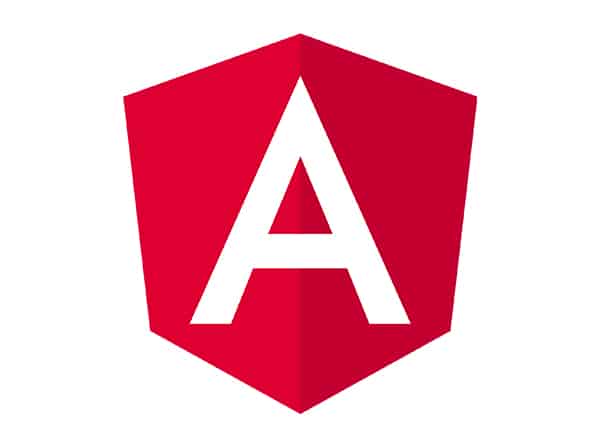Angular is a powerful framework for building robust and dynamic web applications. However, to ensure that your Angular application is efficient, maintainable, and scalable, it is important to follow some best practices.
Optimizing Performance
Optimizing the performance of your Angular application is essential to ensure that your users have a good experience while using your application. Angular provides a set of tools and techniques that can help you optimize the performance of your application. Here are some best practices to follow when building your Angular application:
- Use lazy loading to load modules on demand, which can reduce the initial loading time of your application. Lazy loading allows you to load only the necessary modules when they are needed, which can improve the performance of your application.
- Implement ChangeDetectionStrategy.OnPush to minimize the number of change detections in your application. Change detection is a process that Angular uses to detect changes to the data in your application and update the view accordingly. By using the OnPush strategy, you can tell Angular to perform change detection only when the input data changes, which can improve the performance of your application.
- Use trackBy function to track the identity of each item in the list, which can improve the performance of ngFor directive. The ngFor directive is used to display a list of items in your application. By using the trackBy function, you can tell Angular how to track the identity of each item in the list, which can improve the performance of your application.
- Avoid using ngIf and ngFor together, as it can result in nested templates and can slow down the performance of your application. If you need to use both ngIf and ngFor, consider using a nested component instead.
- Use pure pipes instead of impure pipes, as pure pipes are only executed when the input values change, which can improve the performance of your application.
Writing Efficient Code
To ensure that your Angular application is efficient and easy to maintain, it is important to follow some coding best practices. Here are some best practices to follow when writing your Angular code:
- Use TypeScript, a statically typed superset of JavaScript, to catch errors at compile time. TypeScript allows you to write code that is more reliable and easier to maintain.
- Use the Angular CLI to generate code, which can save time and reduce errors. The Angular CLI is a command-line interface tool that allows you to quickly generate code for your Angular application.
- Use services to share data and logic between components, which can reduce duplication of code. Services are a way to share data and logic between components in your Angular application.
- Use observables instead of promises, as observables can handle multiple values over time, which can make your code more flexible. Observables are a way to handle asynchronous operations in your Angular application.
- Use Angular decorators to define metadata for your classes, which can make your code more readable and maintainable. Decorators are a way to add metadata to your classes in your Angular application.
Organizing Code using Modules
Organizing your code using Angular modules can make your application more modular, maintainable, and scalable. Here are some best practices to follow when organizing your code using modules:
- Use feature modules to group related features, which can make your code more organized and easier to maintain. Feature modules are used to group related features in your Angular application.
- Use shared modules to share common functionality between feature modules, which can reduce duplication of code. Shared modules are used to share common functionality between feature modules in your Angular application.
- Use core modules to provide services and other functionality that are used across the entire application, which can make your code more modular. Core modules are used to provide services and other functionality that are used across the entire application.
By following these best practices, you can ensure that your Angular application is efficient, maintainable, and scalable. Happy coding!



